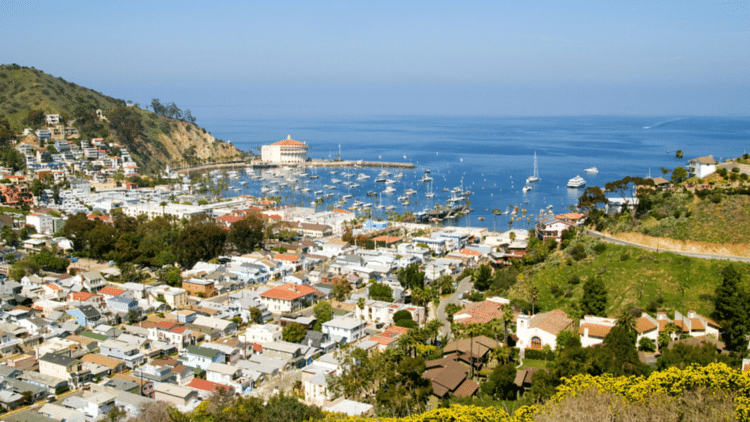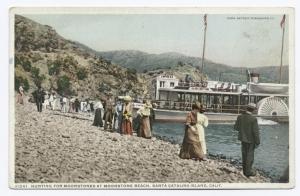Where should I go on Catalina Island

If you’re exploring Catalina Island for the first time, you may be wondering where to go. For most first-time visitors, the answer is Avalon.
This charming seaside resort has been the center of tourism on the island for more than a century. With its colorful homes, dramatic hillsides and quaint streets, Avalon is frequently compared to Italian coastal villages. Named for the mythical isle that was the final destination of King Arthur, Avalon is home to about 4,000 year-round residents. During the busy summer, that number swells to more than 15,000.
Dozens of hotels, along with shops, restaurants and bars can be found in Avalon and you’ll also find activities, spas and other visitor services. Both the Catalina Museum and the Catalina Conservancy are headquartered here and the Love Catalina Visitor Center can provide a wealth of information.
Avalon is also home to the services that make living on the island possible, including a grocery store, school, hardware store and hospital.
While Avalon is the center of tourism on the island, it is far from Catalina’s only destination. On the other end of the island is the community to Two Harbors. About 150 people live there year-round and it is a magnet for boaters, campers and adventurers. Services in Two Harbors are more limited: there’s a snack stand, restaurant and general store as well as a bed and breakfast, a few vacation rentals and a number of campsites. Scuba, snorkeling, kayaking and hiking are popular activities.
There are also a number of campgrounds scattered around the island, ranging from primitive boat-in coves on the front side of the island to established campsites at places like Blackjack and Little Harbor.
Whatever your destination on Catalina Island, you’ll be sure to find spectacular vistas, inspiring seascapes and a pace of life far removed from that of the Southern California mainland.

